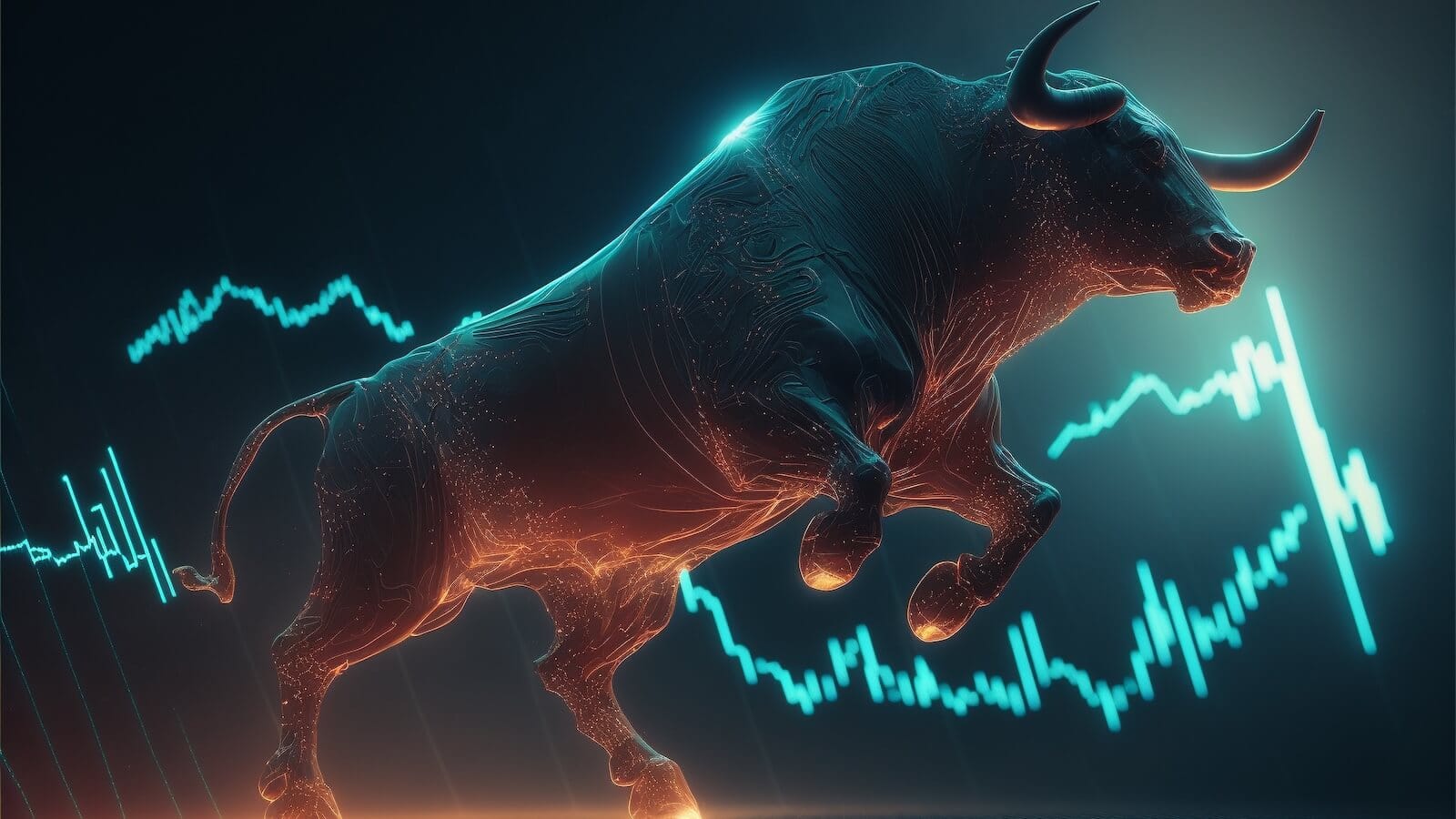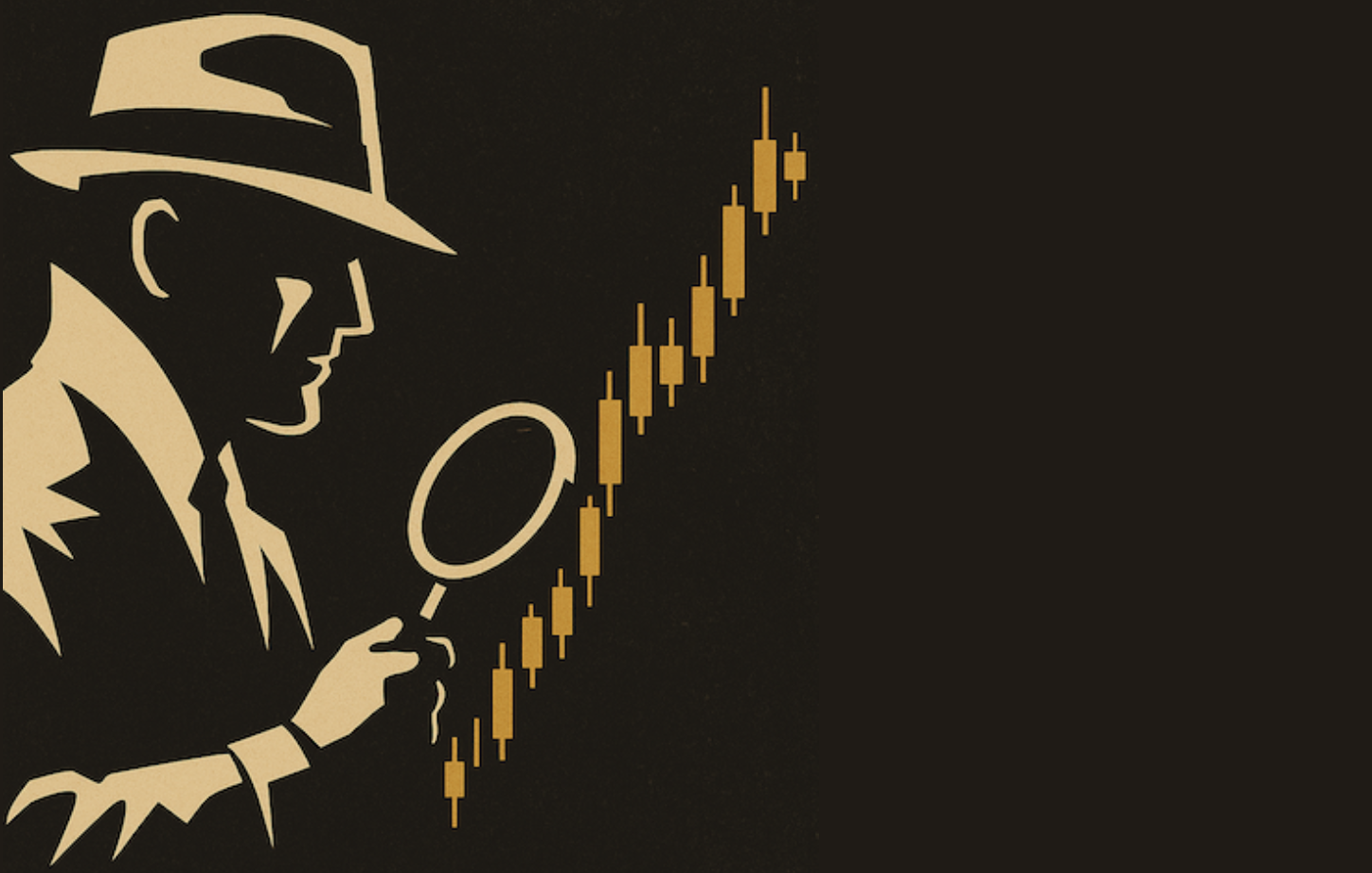S&P 100 HITS NEW HIGH ON LOW VOLUME -- SMALL AND MID-CAPS PERK UP -- STILL WAITING ON COPPER AND INDUSTRIAL METALS TO BREAK OUT -- SHANGHAI COMPOSITE ESTABLISHES KEY RESISTANCE -- ALL-ORDS, KOSPI AND SENSEX LEAD ASIA HIGHER
S&P 100 HITS NEW HIGH ON LOW VOLUME... Link for todays video. The S&P 100 continues to lead the major indices with a break above its spring highs. Chart 1 shows $OEX surging some 12% since early June and exceeding 650 this week. Even though the index is overbought short-term, a new 52-week high is a sign of long-term strength and a long-term uptrend. The first indicator window shows below average volume for most of the last two months. Note that the 250-day moving average for volume is still relatively high because volume in September-October 2011 was really high. The second indicator window shows volume with the 20-day simple moving average. This SMA hovered around 2 billion shares in September-October, but stayed below 1.5 billion shares since May. Perhaps that is why volume seems so low. While some pundits may consider a low volume rally suspect, note that volume is supposed to be low in August. High volume in August 2011 was an exception. In any case, the profit and loss in trading is unaffected by volume. Price action and buy/sell levels are the only things that affect the trading P&L. Chart 2 shows the S&P 500 moving higher on lower volume as well.

(click to view a live version of this chart)
Chart 1

(click to view a live version of this chart)
Chart 2
SMALL AND MID-CAPS PERK UP ... This current rally has been hampered by relative weakness in small-caps and mid-caps. The Russell 2000 ($RUT), S&P MidCap 400 ($MID) and S&P 500 Equal Weight Index ($SPXEW) all remain below their spring highs and have not kept pace with the S&P 100, Dow and S&P 500. After underperforming from February to July, the S&P 500 Equal Weight Index started to outperform again in August. Chart 3 shows the S&P 500 Equal Weight Index moving higher since early June. The indicator window shows the price relative moving to a new low in early August, but turning up over the last few weeks. The price relative broke the trend line extending down from its February high to show the first signs of relative strength in many months. Chart 4 shows the S&P MidCap 400 moving above 970 this week. The price relative ($MID:$OEX), however, remains in a downtrend and has yet to break the February trend line. A little more relative strength is needed to get this indicator turned around.

(click to view a live version of this chart)
Chart 3

(click to view a live version of this chart)
Chart 4
STILL WAITING ON COPPER AND INDUSTRIAL METALS TO BREAK OUT... Even though the Dow and S&P 500 are trading at 52-week highs, copper remains well below its February-March highs and continues to underperform. This is a concern for the bulls because copper and the stock market are positively correlated. Something needs to give. Either copper joins the rally or stocks give up their gains. Chart 5 shows the Copper ETN (JCC) trading sideways the last few months and failing to join the US stock market rally. JJC is getting a bounce off support, but we need follow through with a resistance break to have confidence in this turnaround. The trend since February is down until such a breakout. The indicator window shows the Correlation Coefficient (JJC,SPY) in positive territory for most of the last 12 months. The indicator dipped to the zero line recently as these two moved in different directions the last few weeks. Chart 6 shows the Base Metals ETF (DBB) hitting a new low in June and remaining weak. A break above resistance at 18.50 is needed to bring DBB in line with the stock market. Chart 7 shows the Silver Trust (SLV) hitting a 52-week low in late June and then edging towards first resistance this month.

(click to view a live version of this chart)
Chart 5

(click to view a live version of this chart)
Chart 6

(click to view a live version of this chart)
Chart 7
SHANGHAI COMPOSITE ESTABLISHES KEY RESISTANCE ... Much has been made of relative weakness in the Shanghai Composite ($SSEC) over the last few months. In fact, weakness in China explains recent underperformance in copper and base metals. Truth be told, relative weakness in the stock market of a major economic power is a concern for the global economy. Chart 8 shows the Shanghai Composite recording a new low and then bouncing in early August. The bounce failed as the index declined back below 2125 this week. The August peak now becomes the resistance level to watch for signs of a medium-term trend reversal. The indicator window shows the $SSEC:SPY ratio moving to a new low this month. Relative to the US stock market, the Shanghai Composite is still underperforming and showing relative weakness. Little will change when this end-of-day (EOD) chart updates after the close because the index closed at 2114.89 on Friday (+.13%).

(click to view a live version of this chart)
Chart 8
ALL-ORDS, KOSPI AND SENSEX LEAD ASIAN STOCKS HIGHER... Even though relative weakness in the Shanghai Composite is concerning, note that other key Asian indices moved higher the last few months. These pockets of strength point to a mixed picture for Asia. Chart 9 shows the Australian All Ords Index ($AORD) firming in June, breaking out in early July and surging above 4350 this week. This end-of-day (EOD) index closed at 4393 (+.93%) on Friday. Chart 10 shows the India Sensex Index ($BSE) moving above its July high this month. This end-of-day (EOD) index closed at 19,691 (+.19%) on Friday. Chart 11 shows the Seoul Composite ($KOSPI) breaking out in late July and surging above its June highs this month. The KOSPI closed at 1946 on Friday (-.58%). These three indices clearly kept pace with the US. Even the Nikkei 225 ($NIKK) surged the last two weeks. This makes China the lone holdout in Asia right now.

(click to view a live version of this chart)
Chart 9

(click to view a live version of this chart)
Chart 10

(click to view a live version of this chart)
Chart 11
URANIUM AND NUCLEAR ENERGY ETFS BREAK RESISTANCE... The Global Uranium ETF (URA) and the Uranium-Nuclear ETF (NLR) were both hit hard after the Fukushima nuclear disaster in March 2011. These two continued lower into May 2012 and remain in long-term downtrends. Despite these downtrends, the two showed signs of life with big surges off support this week. Chart 12 shows the Global Uranium ETF firming around 7 in May and then bouncing off this support level this week. Follow through above 8 would break resistance and provide the first positive sign in a long time. The indicator window shows the Percent Price Oscillator (PPO) turning up and moving above its signal line over the last two weeks. Chart 13 shows the Uranium-Nuclear ETF breaking support in May, but moving back above this support break in August. With a surge the last two weeks, the stock is challenging its February 2011 trend line.

(click to view a live version of this chart)
Chart 12

(click to view a live version of this chart)
Chart 13
CAMECO AND URANIUM ENERGY BREAK OUT... Companies related to uranium and nuclear utilities feature in these two ETFs. Chart 14 shows Cameco (CCJ) forming a higher low in early June and breaking channel resistance in late June. After a pullback into early August, the stock surged above resistance with a three day surge. Chart 15 shows Uranium Energy Corp (UEC) breaking double bottom resistance with a high volume surge this month. Broken resistance turns into first support around 2.30. I dont usually feature low priced stocks in the market message because they carry above average risk. Prices are low for a reason. I only featured this stock to make a point about the group and a possible turnaround.

(click to view a live version of this chart)
Chart 14











